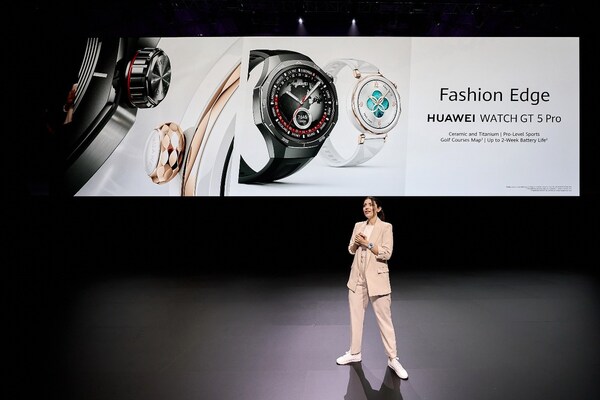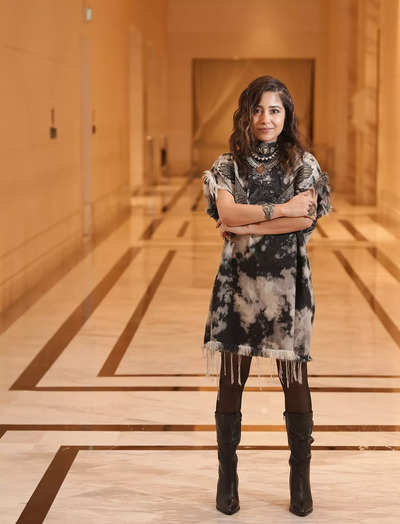Dear Helaine and Joe: We read your articles in the New Hampshire Union Leader, and we would like to know about some plates that were found in an estate sale in southern New Hampshire. There are three of them, and they are extremely well crafted with inlaid designs and reticulation on a possible bisque material. There are no markings.
Any information would be appreciated. Thank you. — G.

G. Dear G.G.
: To start, we think a brief discussion of the Mughal period in India will help everyone get their feet on the proverbial ground. This is a bit complicated, so we are going to simplify and offer some very abbreviated notes. The Mughal Dynasty in India was founded by Babur (14831530), who was a direct descendant of Genghis Khan through his brother, Chagatai Khan.
The second Mughal ruler, Humayun (1508-1556), was deposed by the Sur Empire, which lasted between 1540 and 1554. In 1555, Humayun retook the throne, but he only reigned for one more year until his death in 1556. At that time, Akbar took the throne of the Mughal Empire, and the golden age of the Mughals in India began.
The three greatest rulers of the Mughal Dynasty were Akbar (ruled 1556-1605), Jahangir (ruled 1605-1627) and Shah Jahan of Taj Mahal fame (ruled 1627-1658). The Mughal Dynasty lasted until 1858, when the last Mughal emperor was deposed by the British East India Co. Inlay work reminiscent of the kind on the pieces in today's question can be found at the main entrance to the Taj Mahal and the Musamman Burj (Agra Fort), among other places decorated during the glory of the Mughal Empire.
But are the pieces you found at the estate sale 16th or 17th century? We are fairly sure the answer is no. These do not quite have the serenity and pristine beauty of the originals. They are beautiful to be sure, but they are a tad simplistic when compared with the originals.
We believe them to be souvenir pieces brought back from India, probably sometime in the late 20th century or thereabouts. We see large numbers of small boxes and other inlaid items in this style that were either brought back from India in the recent past or purchased in giftware stores. To be sure, these three plates are a cut above the average.
The reticulation (the cut-through diamonds encircling the central design) is a very nice touch, as are the shaped edges. We are not exactly sure what these pieces might have been made from, and we asked you to send us the pieces' weights. There is a wide variety of choices, which turned out to be nearly a pound for the larger pieces.
This suggests that the base material is some sort of stone — marble, limestone or perhaps a composition material made from stone dust. The pieces are not antique and were made sometime in the past 40 years or so, and valuing them is a bit out of our area of expertise. We did find one example being offered for around $500 but feel that is a bit ambitious.
Two hundred dollars for the two larger examples and $100 for the 6-inch example is probably about right. This article was originally published Aug. 29, 2016.
Get local news delivered to your inbox!.



















